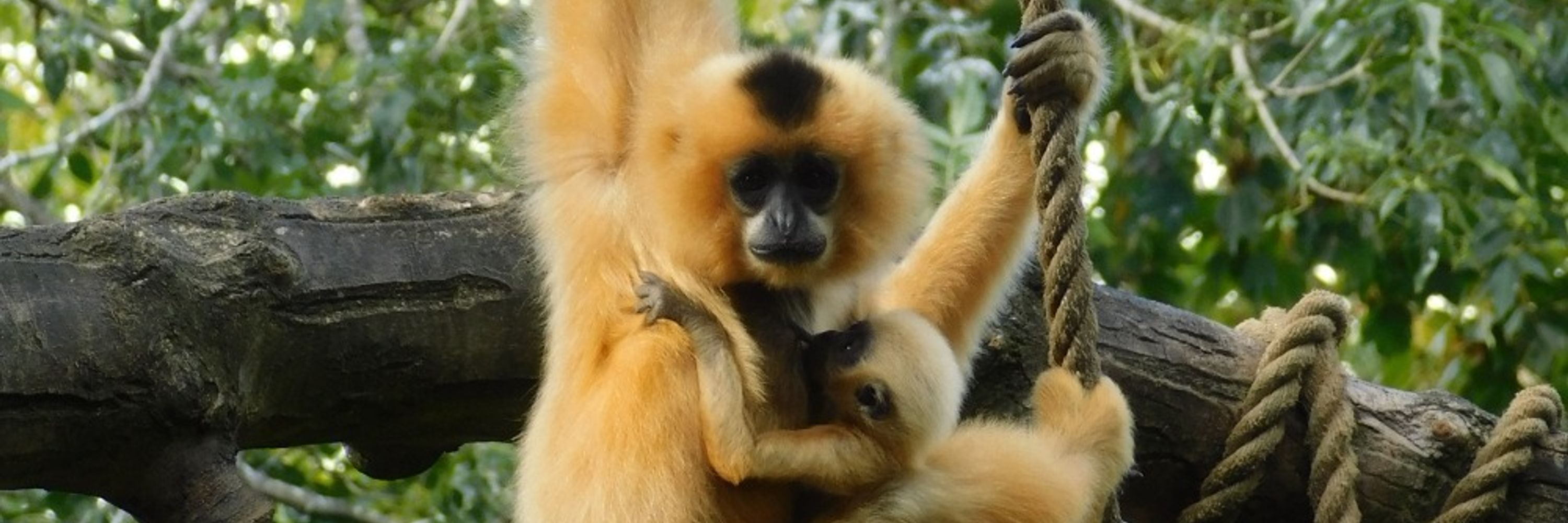Kai Caspar
@nomascus.bsky.social
1.3K followers
620 following
250 posts
Zoology lecturer @hhu.de | Armchair biologist | Focus on rodents underground and gibbons in the trees, also one of @themanybirds.bsky.social | Organismic vertebrate biology
Posts
Media
Videos
Starter Packs
Reposted by Kai Caspar
Reposted by Kai Caspar
Reposted by Kai Caspar
Reposted by Kai Caspar
Reposted by Kai Caspar
Reposted by Kai Caspar
Reposted by Kai Caspar
Reposted by Kai Caspar
Andrew Iwaniuk
@evoneuro.bsky.social
· Sep 4

Assistant Professor (Neuroscience, Tenure Track) - Lethbridge (City), Alberta (CA) job with University of Lethbridge | 39049
Assistant Professor (tenure track) of the Department of Neuroscience at the University of Lethbridge, Alberta, Canada
neurojobs.sfn.org
Reposted by Kai Caspar
Reposted by Kai Caspar
Reposted by Kai Caspar
Reposted by Kai Caspar
Reposted by Kai Caspar
Reposted by Kai Caspar
Reposted by Kai Caspar
Reposted by Kai Caspar

























